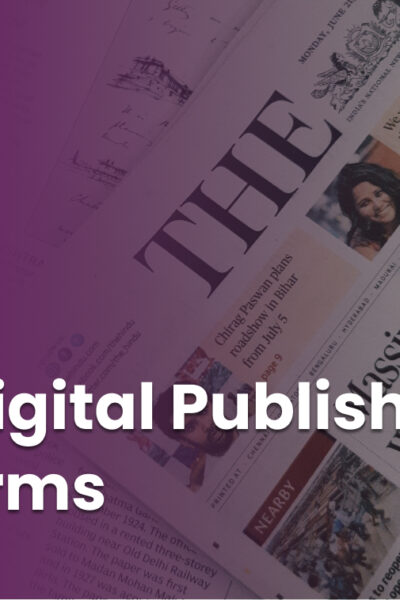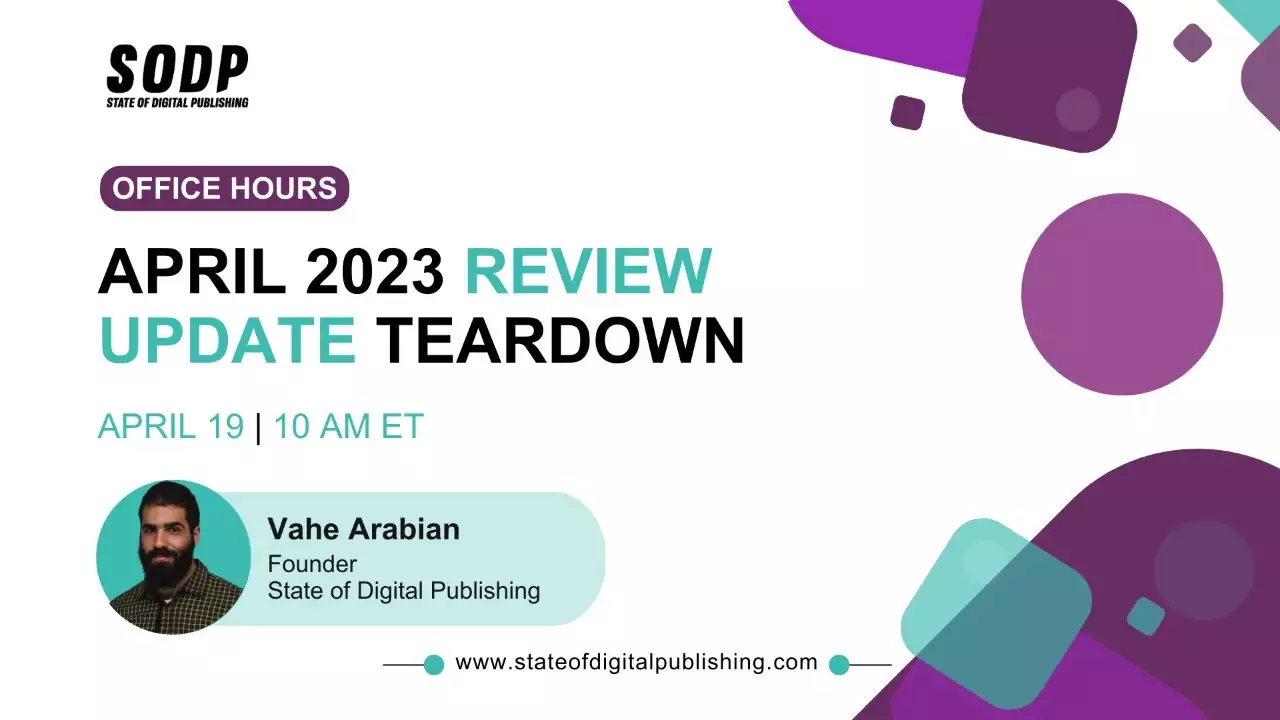Go to one of The Innovation Experience’s Digital Publishing Innovation Summits (DPIS), and you’ll gain valuable insights into the publishing industry’s greatest hopes. You’ll also get a feel for their greatest fears. In fact, frequent attendees may have seen a pattern in the overall themes of each summit, which have included “Monetizing Your Content Through New Initiatives,” “Diversify your Content to Increase Traffic & Grown Revenue Streams,” and July’s “Increase Your Product Monetization by Better Engaging Your Audience.” Publishers have money on the mind.
Obviously, staying profitable is a major concern for any business, but things have been just a little more urgent for publishers. As publishing goes digital, companies have struggled to find the right business model. For a while, programmatic allowed publishers to simply replicate the ad-driven print model online, but with more and more publishers taking advantage of its easy revenue, an overabundance of ad inventory led to plummeting CPMs. Publishers responded to their shrinking revenue streams by placing more ads, and readers responded with ad blockers, a phenomenon which has been covered in several DPIS presentations over the years.
At the same time, distributed content created a parallel problem for publishers. After social media showed itself to be a cheap source of easy clicks, some publishers staked their business models on the platform, only to be left scrambling after each Facebook algorithm tweak. Historically, publishers come away from DPIS with new strategies and tactics for combating platform shifts and other threats to their online revenue streams, but for many publishers, these are just temporary fixes for a fundamental problem with the business model.
A Shifting Industry
Whereas past summits have hinted at growing pains in the industry, a quick look at the most current DPIS schedule shows a shift in focus. Attendees who come to hear presentations about platforms won’t be disappointed, but publishers’ zeal for platforms has taken a backseat to the realization that they’re a means, not an end. Ad blockers still present a challenge to publisher revenue, but you won’t find a doom-and-gloom panel warning of the inevitable Adblockalypse, especially now that the growth of ad blockers has largely stalled.
In 2017, there is more focus on the value of high-quality premium content. Instead of showing publishers how to fend off ad blockers or create content favored by the social media algorithm of the minute, there’s a greater emphasis on the creation of content worthy of engagement, whether for its truth, its user experience or its innovative presentation. Of course, the monetization question has by no means gone away. Publishers still need answers, but at the heart of this subtle shift in the summit, programming is a radical shift in the monetization avenues for the publishing industry as a whole.
As problems with platforms and programmatic poke more and more holes in the ad-driven model, the paid subscription model is showing itself to be the way forward. Indeed, several of this summit’s talks cover paywalls and the premium content behind them. Publishers are right to gravitate toward quality. Readers demand quality content, and they’re starting to accept that it may come at a cost. Recent studies show that people are more willing to pay for digital content than ever, a fact that the rising subscription numbers at many major publishers seem to confirm. The convergence of the appetite for premium quality and the rise of the subscription model is promising for publishers if they act on it.
To “Increase Your Product Monetization by Better Engaging Your Audience,” which is the theme of this summer’s DPIS, publishers must move toward monetizing their audience directly, namely through paywalls. When a publisher builds a reputation for quality with their audience, it also develops a relationship with its readers. Having received a sampling of content before being met with a paywall, those readers can then be nurtured into a paid subscription. After all, a thousand page views from a thousand different visitors aren’t as valuable as even a tiny fraction of those clicks from a few devoted readers who can be nudged into a premium subscription. When publishers focus on growing their devoted audience and nurture it accordingly, they set themselves up to thrive.
Simple Solutions
With publishers doubling down on quality user engagement, it will be interesting to see how often email comes up in the discussion. Publishers want monetization and engagement, and email is a key driver of both. Email commands the most engaged reader base, provides an effective way to nurture those readers into becoming paid subscribers, and provides additional opportunities for monetization through in email advertisements. It might not be the newest or flashiest channel, but it’s a critical component of any paywall-driven business model.
In fact, the monetization strategies that help publishers thrive probably won’t be particularly flashy. The latest publishing technology might make for the most exciting new kinds of content (and the most exciting DPIS presentations), but the best ways to generate meaningful revenue with quality content is likely to be the simplest: ask for it. The digital publishing industry isn’t out of the monetization woods yet, but for quality-focused publishers who are willing to go behind the paywall, things are looking up.









